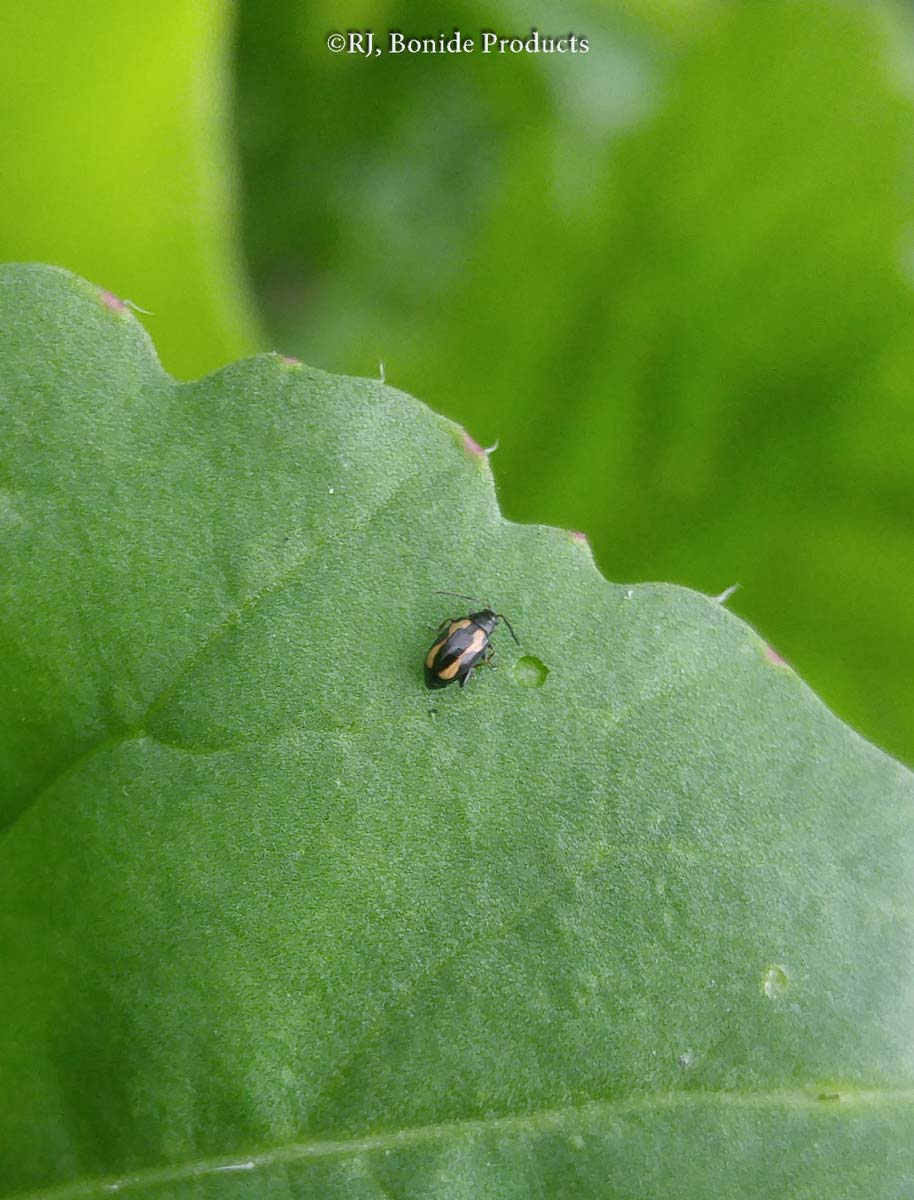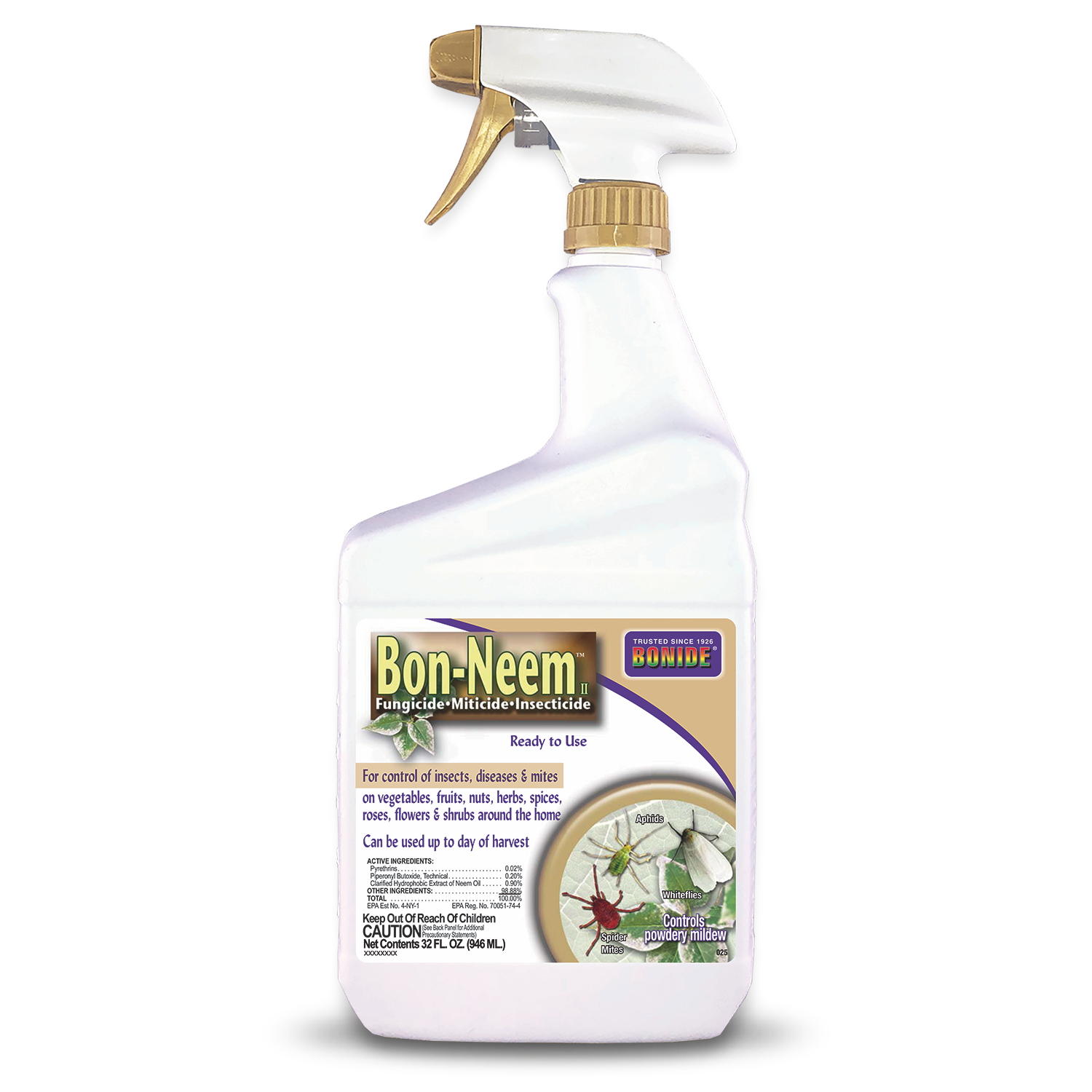
These tiny, oval jumping insects vary in color depending on the species, but most types are black, shiny bronze, or dark blue. Except for a desert species with a particular fondness for corn, all have an appetite for a broad range of edible plants. Adults chew holes in leaves; the white larvae feed on roots, healthy older plants can survive a flea beetle attack, but seedlings may die.
Target: Many plants, especially dichondra and vegetable seedlings.
Damage: Irregular “shot holes’’ are chewed in leaves, The insects spread diseases as they feed.
Life cycle: Adults overwinter in weeds or garden debris. In late spring, they lay tiny white eggs just under the soil around host plants. Larvae feed underground, then pupate. There are one to four generations a year.
Control: tilling (larvae and pupae).
Notes: Since the pests prefer dry conditions, lightly mist plants under siege.











